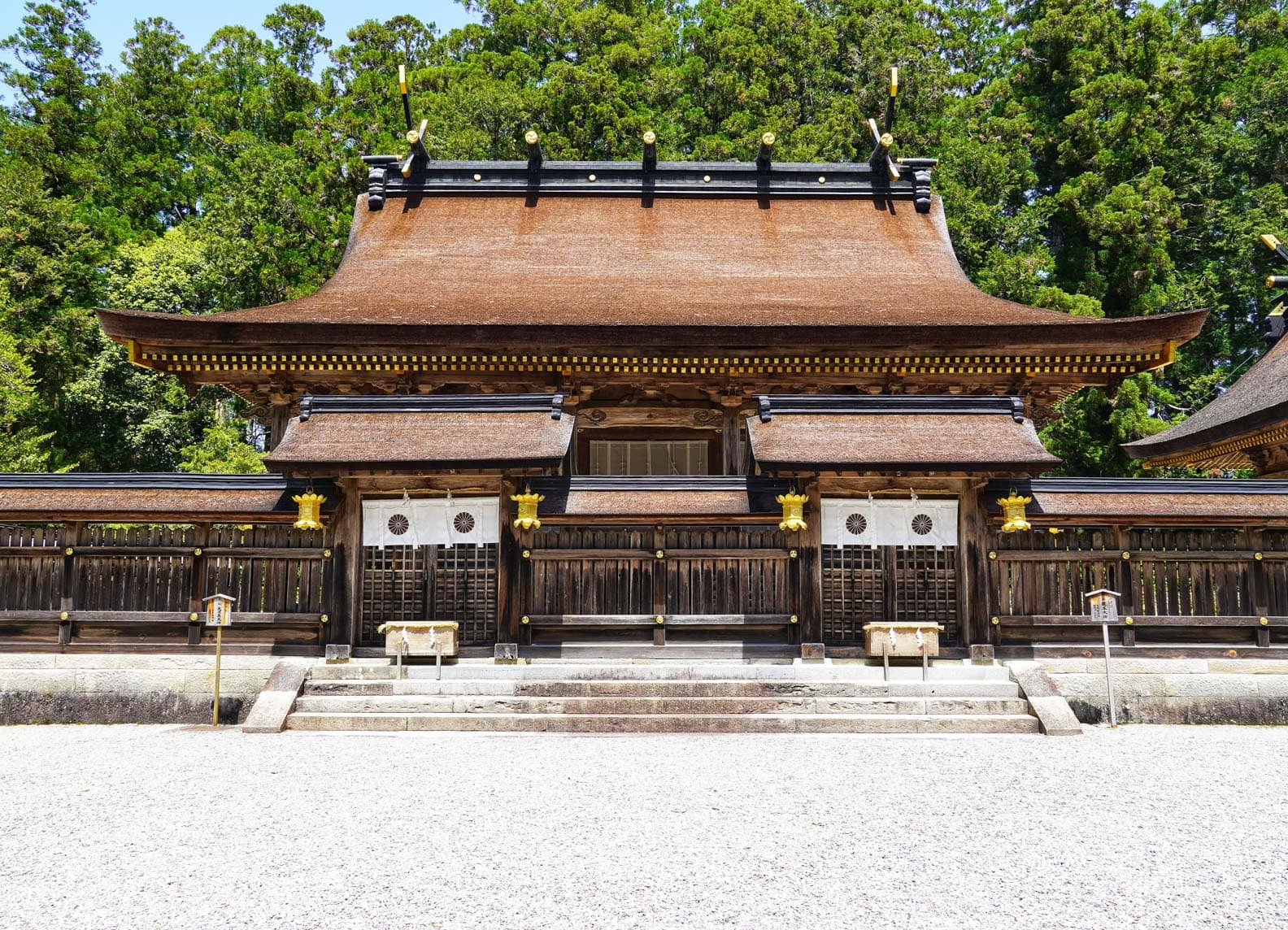Local Attractions A Guide to Notable Sightseeing Spots around Hotel Nikko Osaka, Including the Minami Area of Osaka
Discover Local Attractions & Experiences

Dotonbori
Dotonbori is a major shopping area in Minami, Osaka, known for iconic signs like the Kani Doraku Crab and the Glico Man. It's also famous for its Takoyaki (octopus balls) shops, offering a variety of tastes from the batter to the sauce and toppings. Find your favorite Takoyaki! Recently, the giant 3D signs have become popular for photo ops.

Kuromon Market
Also known as "Osaka's Kitchen," Kuromon Market has about 150 stores along a 580m arcade, bustling with people every day. Professionals and locals come here for fresh seafood, meat, and vegetables. Lately, it's also a destination for tourists wanting to enjoy street food, including grilled seafood like crab and oysters, fresh juices from fruit shops, and matcha ice cream from tea shops. You can also find eel, sushi, and Osaka's famous Takoyaki, experiencing a variety of Japanese cuisine.

Shinsekai
Shinsekai, home to the Tsutenkaku Tower, modeled after the Eiffel Tower, is a place to experience the atmosphere of old Osaka. Janjan Yokocho alley, developed post-World War II, is filled with affordable eateries offering local foods like Kushikatsu (deep-fried skewers) and grilled offal. Experience retro games like shooting galleries and pinball machines, transporting you back 60 years.

Namba Yasaka Shrine
The shrine's striking feature is a giant lion head on the west side, known as "Shishiden," with significant impact – 12m high, 11m wide, and 10m deep. At night during New Year and summer festivals, its eyes light up and its nose serves as a speaker. It's believed that the lion's open mouth swallows evil spirits and brings good luck. Many visit for prayers related to sports victories, academic and job success, and business prosperity.

Abeno Harukas
The tallest building in western Japan, Abeno Harukas reaches 300 meters. The observatory on floors 58-60 offers 360-degree panoramic views of Osaka, and on clear days, you can see as far as Kyoto, Kobe, and the Rokko Mountains. A heliport tour allows for an unobstructed 360-degree view from 300 meters up.

Osaka Aquarium Kaiyukan
Kaiyukan is a world-class aquarium faithfully reproducing the natural environment surrounding the Pacific Ocean. There are over 580,000 marine creatures of approximately 580 specified being bred and displayed. Various water tanks can be found here including the most popular Taiheiyo” (Pacific Ocean) giant water tank where whale sharks and mantas swim quietly, “Sakana No Tori/Aqua Gate” tunnel-type water tank where tropical fish swim and “Nankyoku Tairiku” (South Pole) where penguins can be observed.

Nakanoshima Museum of Art, Osaka
Opened in February 2022 in Nakanoshima, central Osaka, the museum boasts over 6,000 works. The collection focuses on art and design from the mid-19th century to today, featuring works by artists with ties to Osaka. It regularly hosts special exhibitions.
Seasonal Event

Osaka Castle Park
This city park features historic buildings like Osaka Castle's main tower, which houses a museum popular with international visitors. It's known for seasonal blooms such as cherry blossoms in Nishinomaru Garden and plum blossoms in Osaka Castle Plum Grove. Enjoy "hanami," or flower viewing, with outdoor dining.

Osaka Grand Sumo Tournament
The official Grand Sumo tournaments, which are a part of Japan's traditional culture, are held six times a year. In Osaka, the tournament takes place every March and has become a harbinger of spring. During the tournament period, it's quite common to see sumo wrestlers walking around the city. The venue, Edion Arena Osaka, is about a 5-minute taxi ride from the hotel. Experience the intense battles of the sumo wrestlers up close, along with the shouts and cheers of the audience.

Tenjin Festival
The Tenjin Festival is one of Japan's three major festivals and has been celebrated for over 1,000 years. It takes place on July 24th and 25th every year. On the night of the 25th, many boats, including one carrying the divine spirit of Sugawara Michizane, float on the Okawa River. The climax of the festival features about 3,000 fireworks, creating a magical atmosphere.
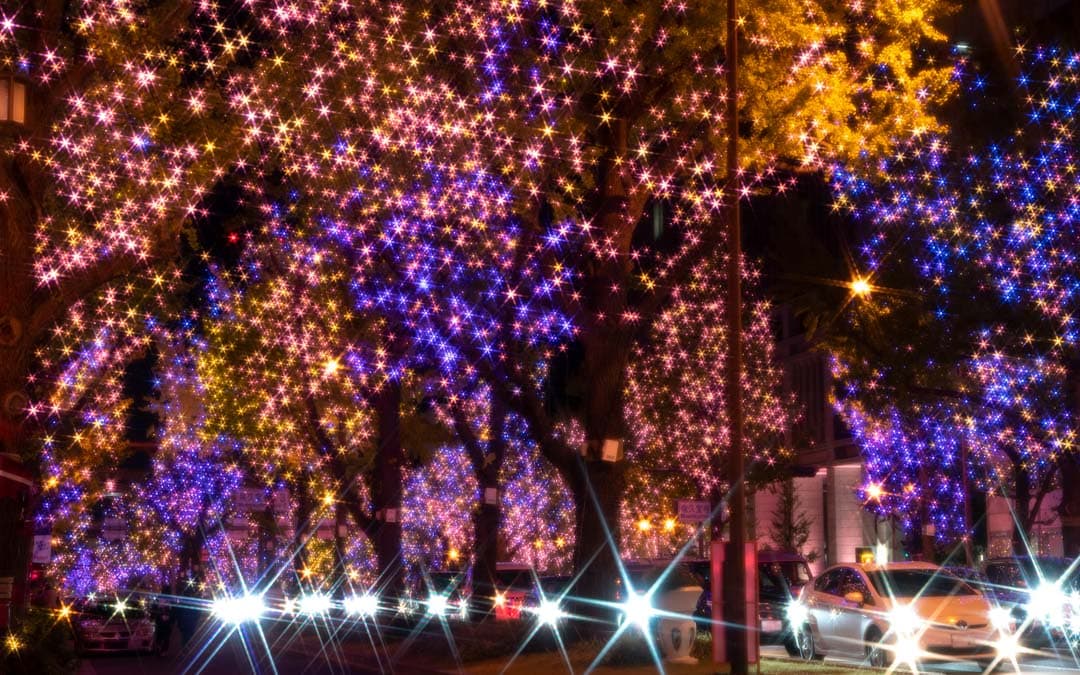
Midosuji Illumination
From early November to the end of December, Osaka's symbolic street, Midosuji, comes alive with illuminated gingko trees at dusk. Guests can enjoy this glittering scene directly from their rooms on the Midosuji side.
Around Kansai Area
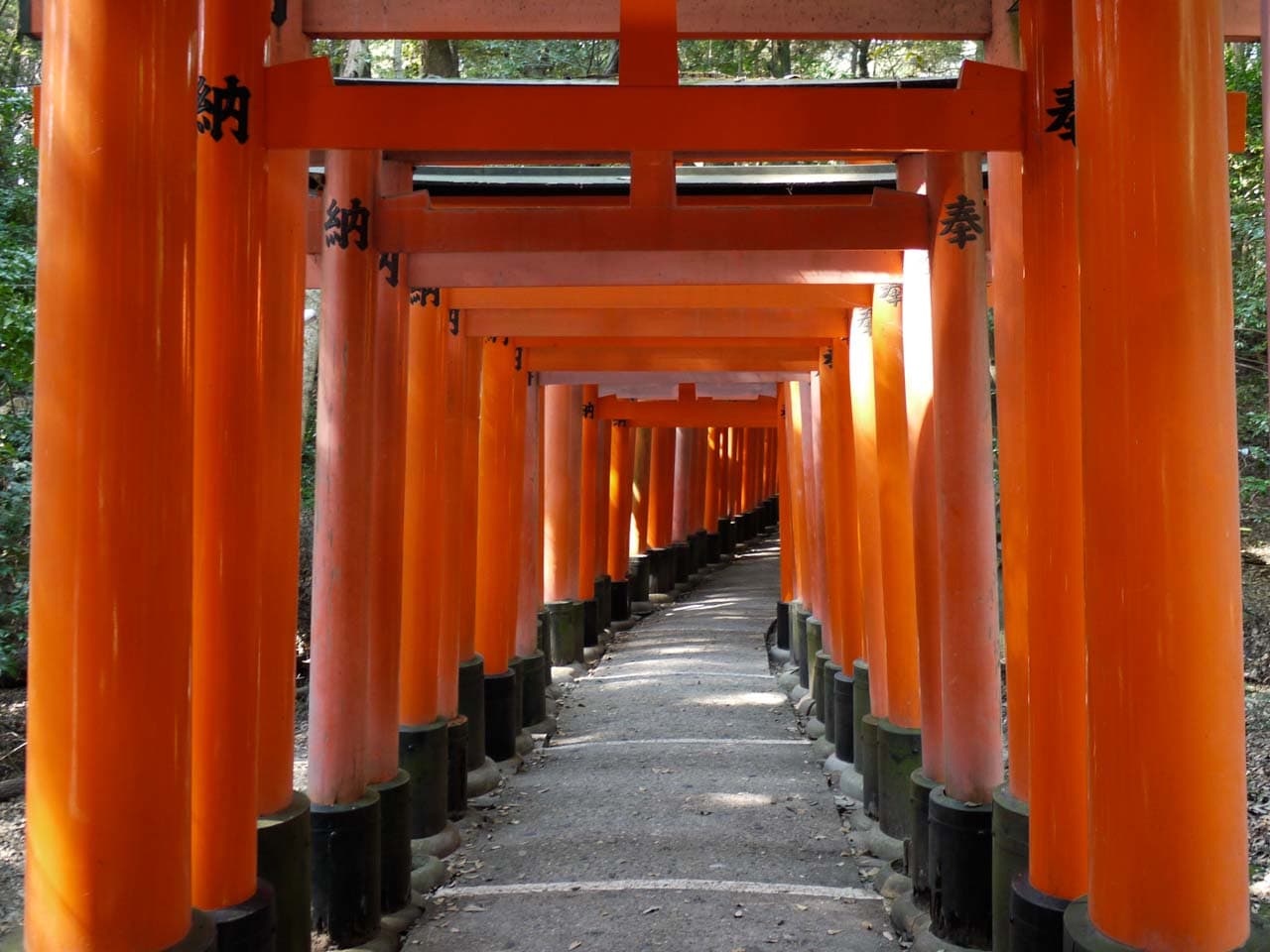
Kyoto
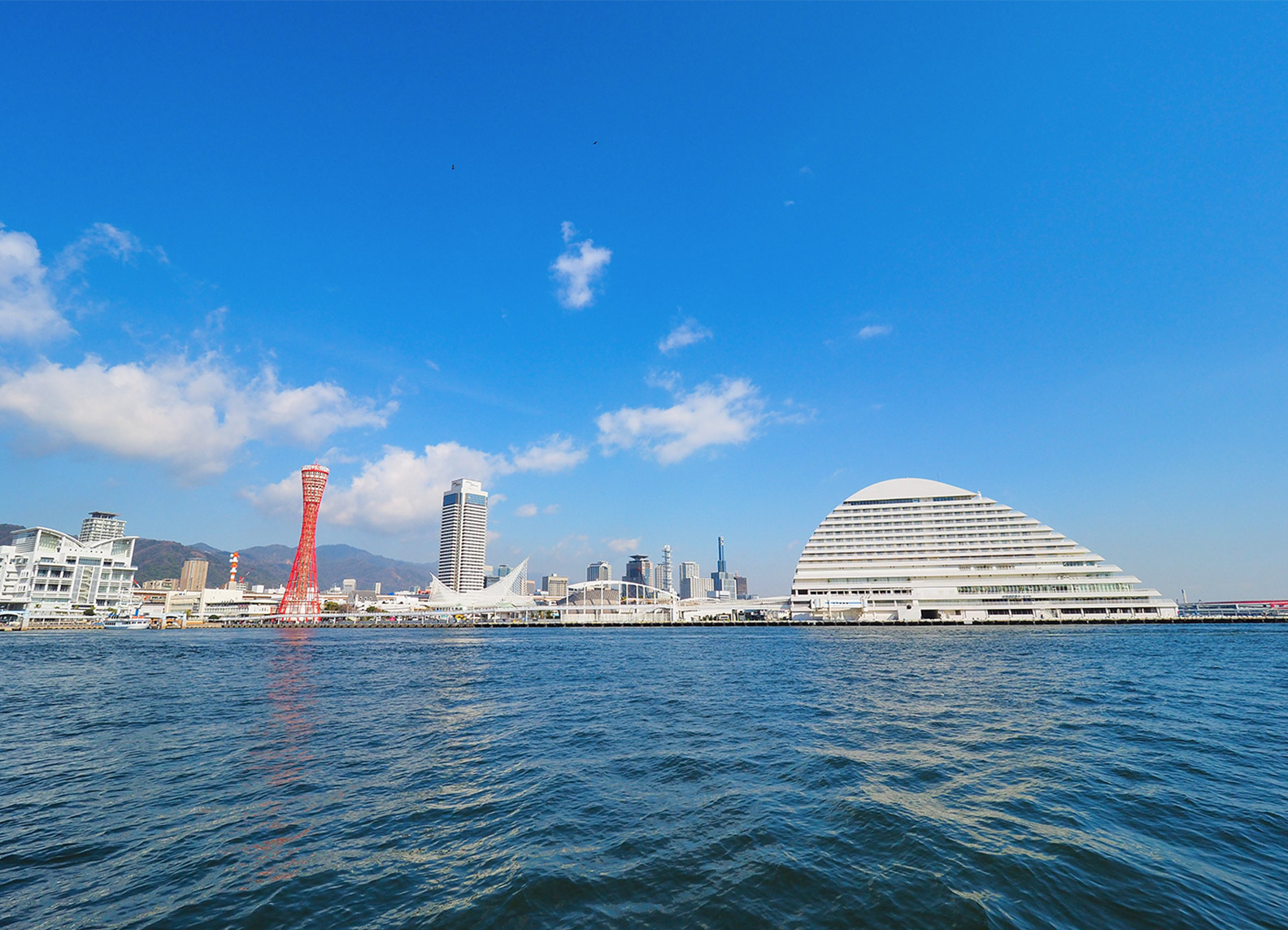
Kobe
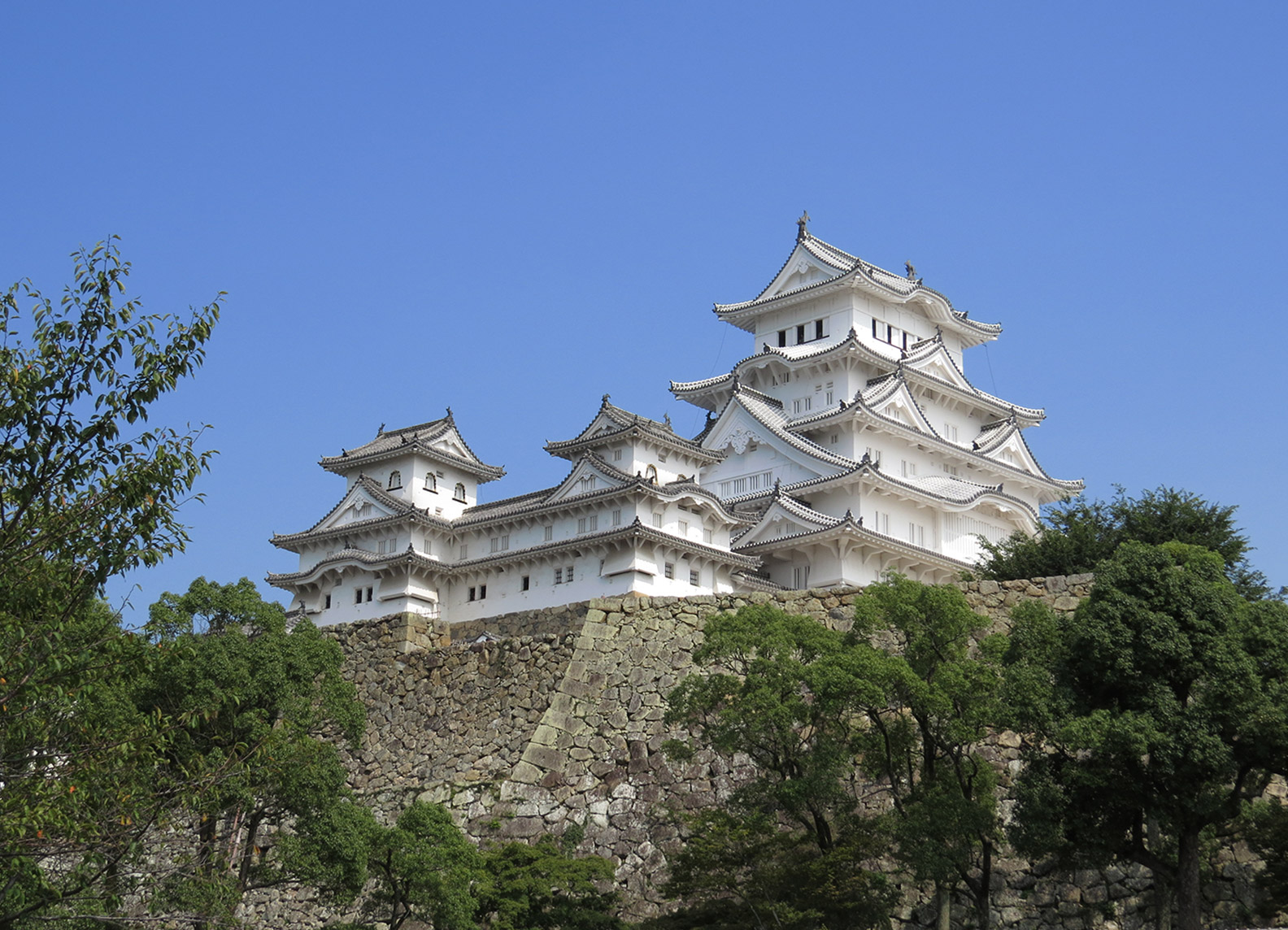
Himeji
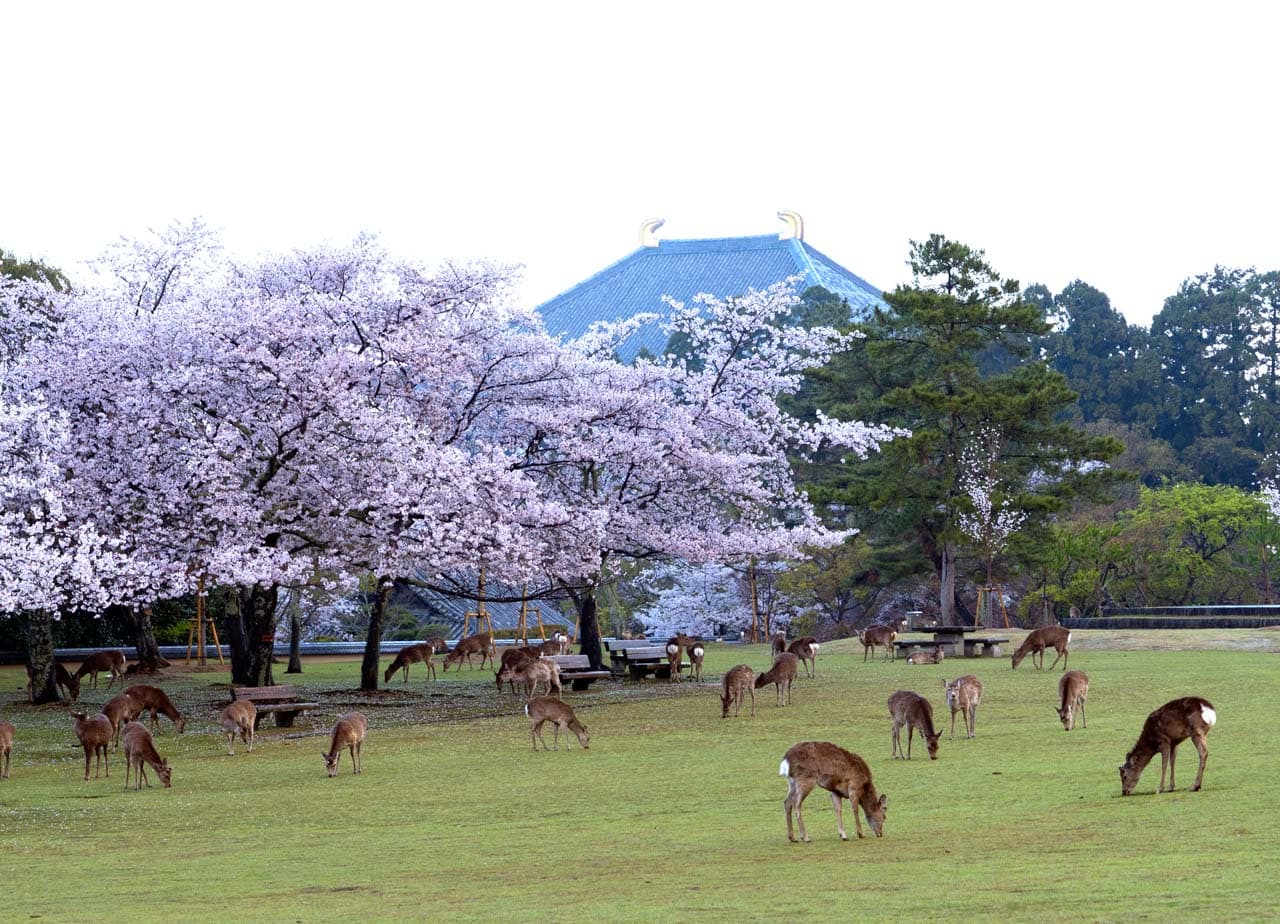
Nara
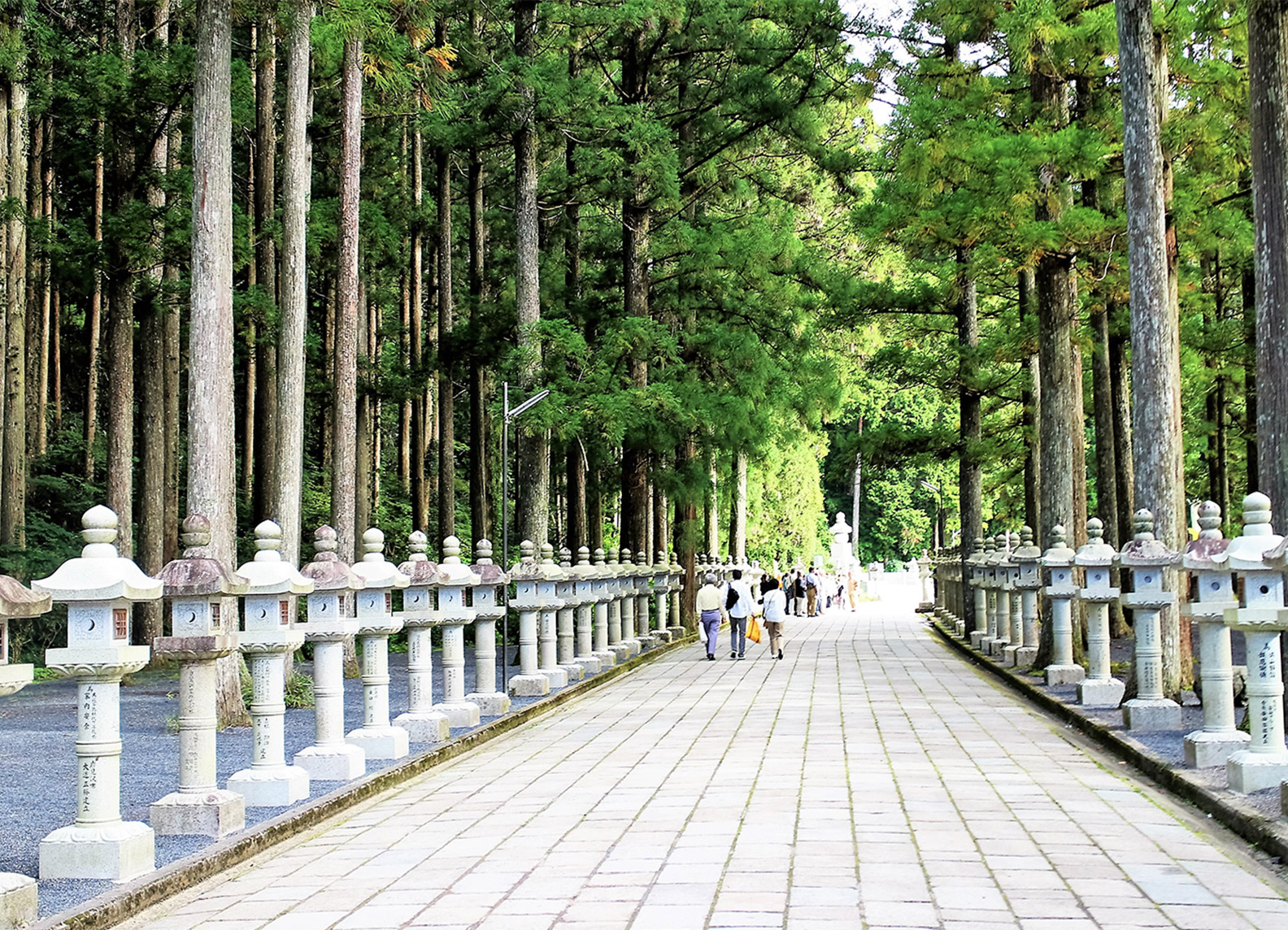
Koyasan
